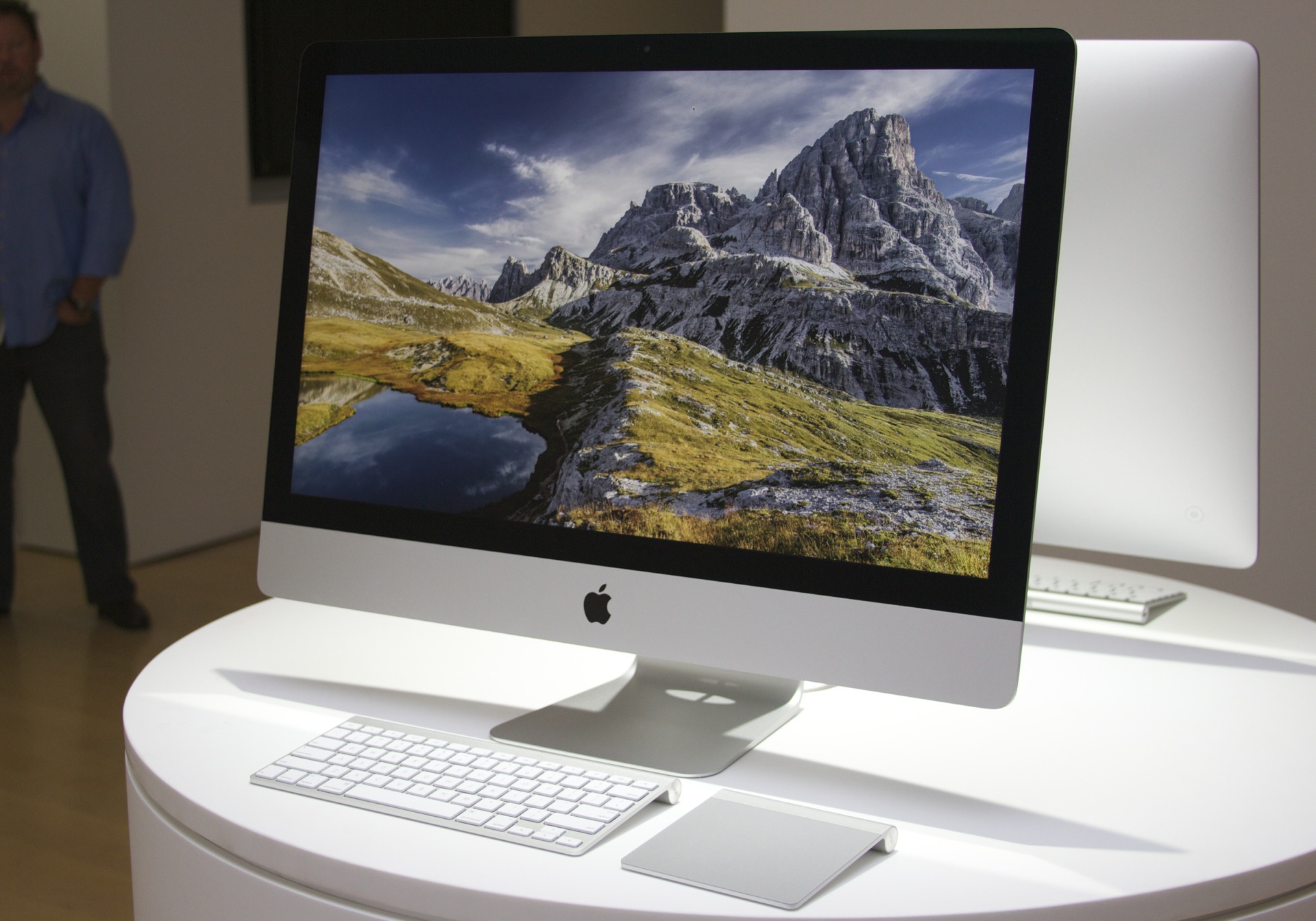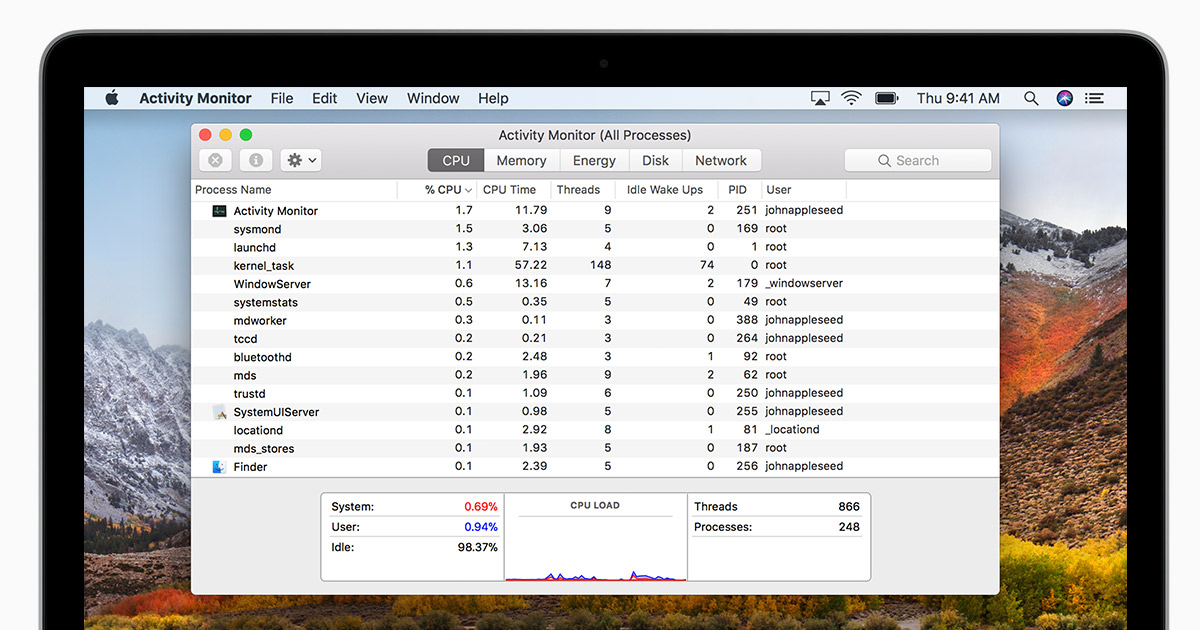
#Mac os process monitor software
These processes are noninteractive tasks on the system and therefore can be launched with root privileges without much concern over problems (though security flaws can pose security risks, and are regularly patched through software updates).

Background tasks supplied with the OS by Apple, and legitimate third-party options like servers, firewalls, and malware scanners should be securely coded so they only perform the desired tasks (i.e., file sharing or malware scanning) and not affect other processes or system files. The reason interaction via the root account is not enabled by default is because of security concerns about user interactivity.
#Mac os process monitor full
While the built-in low-level system processes that run these services are generally run as root, some third-party tools that need to have full system access (e.g., antivirus scanners or firewalls) will be installed so they are run at startup with root privileges. Therefore, system tasks in OS X can remain alive even when other users log out, and as such can still offer computing services like file sharing, Web sharing, printer services, and numerous other features without a user logging in and enabling these options. This allows them to be activated and deactivated (or logged in and logged out) without affecting other system processes or other user accounts.


The first account to start up is initiated by the kernel itself and is called "root," and the type of processes run by root are low-level programs and services such as the main system launcher (launchd), the disk manager (diskarbitrationd), and the kernel extension manager (kextd), just to name a few.Īll processes in the system, even if they are run in administrator accounts or standard accounts, are run under the umbrella of the root user account. When the kernel is done checking the hardware configuration it switches over to "userland" processes, which is where it starts up applications and background tasks under specific account names and controls access through permissions settings.
#Mac os process monitor mac
When a Mac starts up, the firmware and hardware initializes, locates a boot volume, and then loads the kernel. For other uses the account is very much active and enabled. In truth, the account's disabled status only means users are prevented from using this account interactively (i.e., logging in). This is because the labeling of the account as being disabled is not correct. To not show the root processes in Activity Monitor, choose "My Processes" from the All Processes menu.Įven though the root account is in a disabled status by default, you will still see many system processes running under this account when you open Activity Monitor, which might be confusing to some people.

Most system processes will be run under the root account, even if logging in via the root account is disabled. Therefore enabling it is highly discouraged, and the only time we recommend temporarily setting its stats to "enabled," it is for brief troubleshooting efforts that cannot be fixed by other means. One of these is the commonly referenced "root" user, which is the main and fully unrestricted administrator account on the system.īecause the root user has unrestricted access to all aspects of the system, running it interactively can pose a security risk as well as result in inadvertent system alterations. OS X is a multiuser environment in which besides standard user and administrative accounts there are a number of hidden or background accounts that are reserved for system-level tasks.


 0 kommentar(er)
0 kommentar(er)
